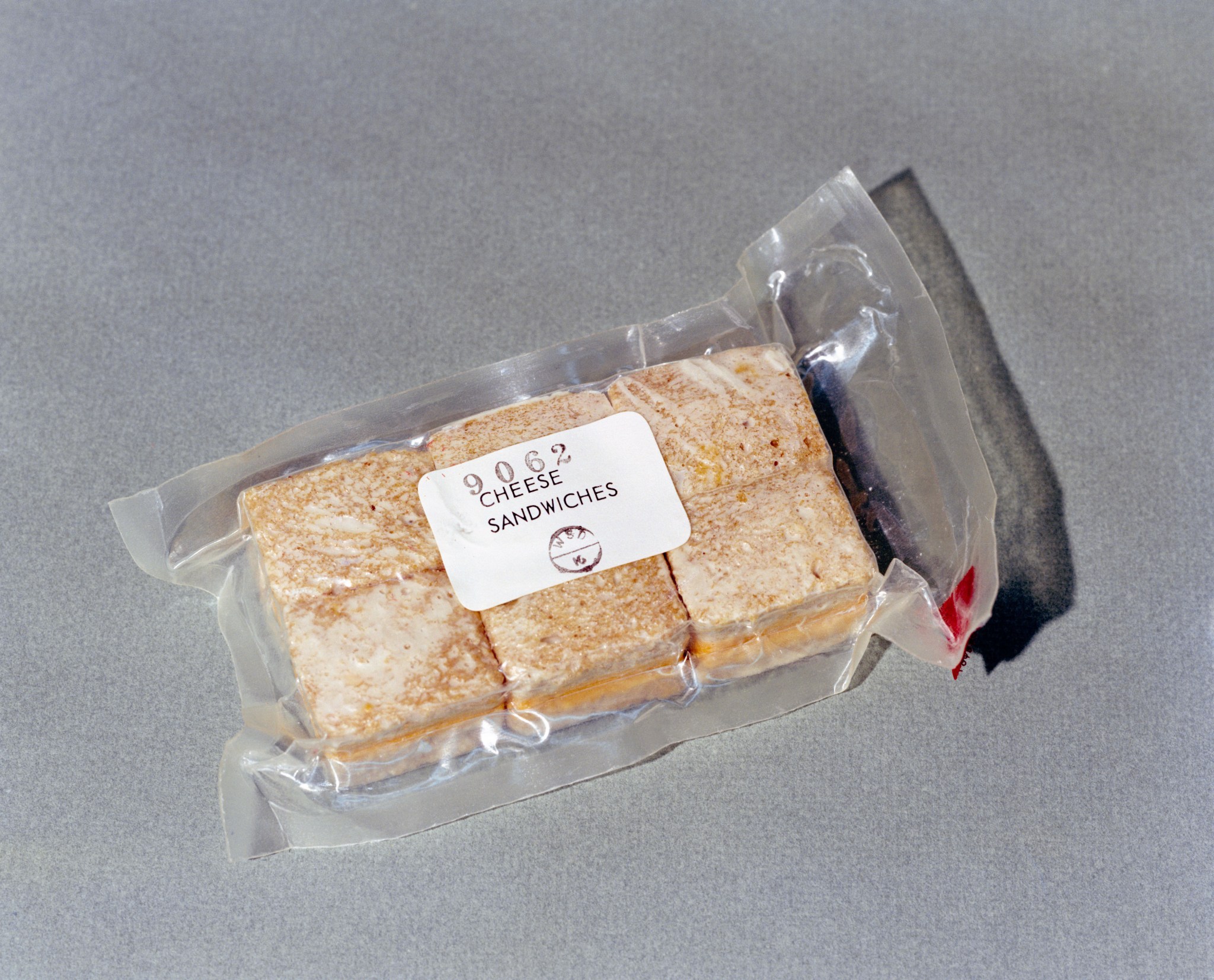Food for the Apollo astronauts was not always especially appealing, but thanks to the protocol NASA and Pillsbury came up with, known as the Hazard Analysis and Critical Control Point (HAACP) system, it was always safe.
Credit: NASA
Countless NASA technologies turn up in our everyday lives, but one of the space agency’s most important contributions to modern society isn’t a technology at all – it’s the methodology that ensures the safety of the food we eat. Today the safety procedures and regulations for most of the food produced around the world are based on a system NASA created to guarantee safe food for Apollo astronauts journeying to the Moon.
For the Gemini missions, NASA and partner Pillsbury tested the food they were producing at the Manned Spacecraft Center, now Johnson Space Center in Houston, and destroyed entire batches when irregularities were found, a process similar to industry practices of the day. In response to agencywide guidelines from the Apollo Program Office aimed at ensuring the reliability of all critical systems, they altered that method for the Apollo missions.
They focused on identifying any points in the production process where hazards could be introduced, establishing procedures to eliminate or control each of those hazards, and then monitoring each of those points regularly. And they required extensive documentation of all this work. This became the foundation for the Hazard Analysis and Critical Control Point (HACCP) system.

The Apollo missions were humans’ longest and farthest voyages in space, so food for the astronauts had to be guaranteed safe for consumption hundreds of thousands of miles from any medical facility.
Credit: NASA
Howard Bauman, the microbiologist leading Pillsbury’s Apollo work, convinced his company to adopt the approach, and he became the leading advocate for its adoption across the food industry. That gradual process took decades, starting with the regulation of certain canned foods in the 1970s and culminating in the 2011 Food Safety Modernization Act, which mandated HACCP-like requirements across all food producers regulated by the U.S. Food and Drug Administration. By then, the U.S. Department of Agriculture was managing HACCP requirements for meat and poultry, while Canada and much of Europe had also put similar rules in place.
The standards also apply to any outside producers who want to export food into a country that requires HACCP, effectively spreading them across the globe.

